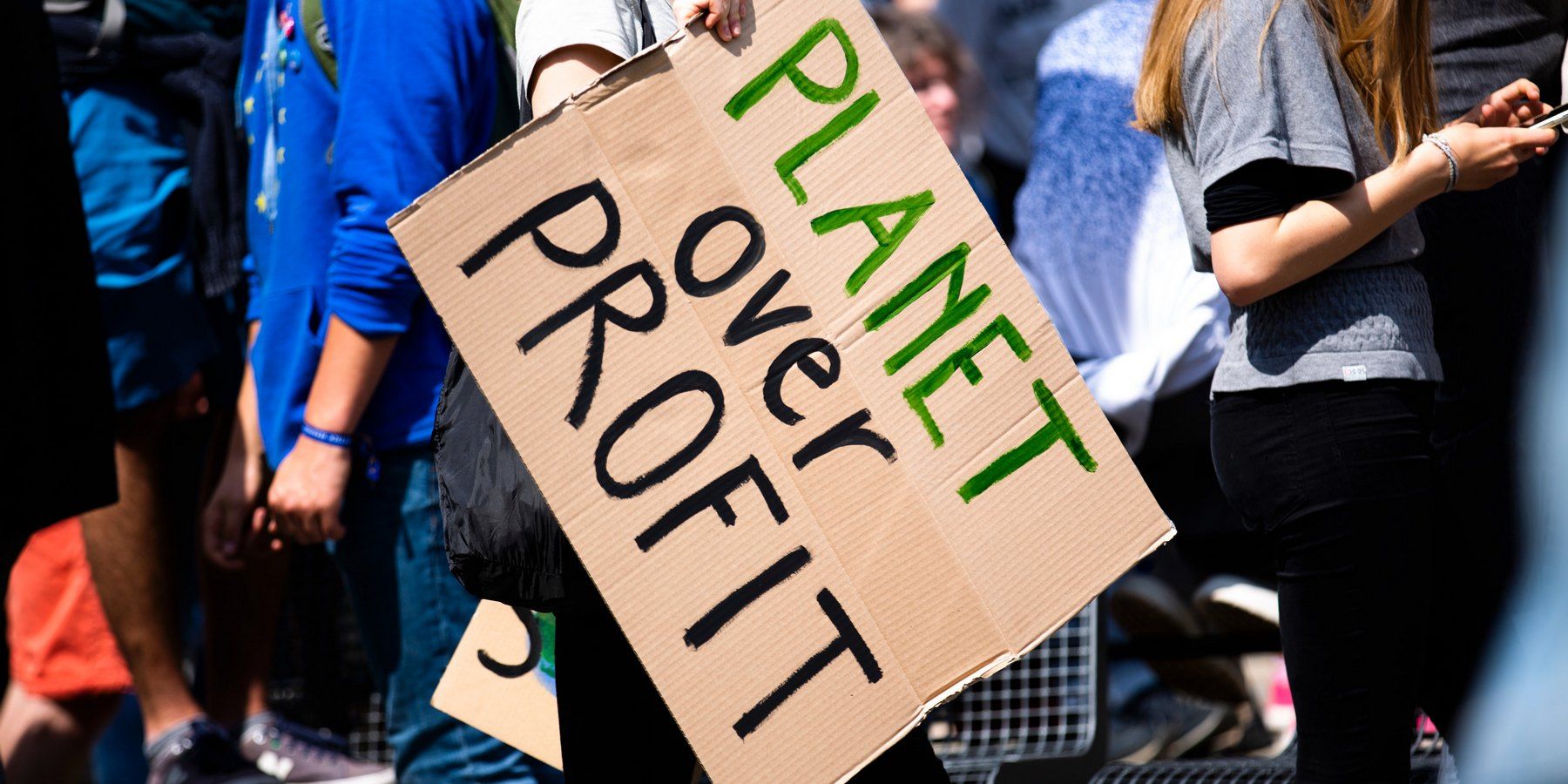Non Fungible Tokens — or NFTs for short — are everywhere in the crypto universe. Everyone wants in on the trend, from legendary tennis players like Serena Williams and Academy Award winner Reese Witherspoon to top music artists like Eminem and quintessentially chill dude Tony Hawk. Climate change activists are tailing the NFT wave too, but for a different reason. The inherent technology powering the whole NFT ecosystem is blockchain, predominantly Ethereum. And just like its more famous creation that the world calls cryptocurrency, the blockchain’s artsy side is an energy guzzler too. Just how significant the impact of digital art is, remains a topic of hot debate.
Cryptoart.wtf, a website designed to estimate the rough energy use and environmental impact of NFTs (now gone offline), estimated that an average NFT consumes the same amount of energy as an ordinary EU resident’s month’s worth of electricity usage. Marketplaces like SuperRare and OpenSea rely on the Ethereum blockchain for transactions and minting NFTs. Minting — the process of getting a piece of digital art registered on the blockchain — is a pricey affair. That price is unironically referred to as “gas fee,” usually paid in Ether. How much exactly? Per DigiConomist, a single Ethereum transaction consumes the same amount of energy as an average U.S. household spends in about nine days, while the carbon footprint of a single Ethereum transaction equals that of 273,985 VISA card transactions or watching YouTube for 20,603 hours.
Coming to annual figures, the total electrical energy consumption of the Ethereum ecosystem is comparable to the national energy demand of the Netherlands, per DigiConomist. As the market value of Ether climbs and the gas fee surges, the value of transactions on the proof-of-work blockchain also goes up. Digital artist Chris Precht did his own calculations and estimated that 100 copies each of his three NFTs would consume the same amount of electricity as a European household in two decades. But it is hard to quantify the impact of NFTs on a piece-by-piece basis, and that’s because the NFTs constitute only a tiny share of the global blockchain network. On the flip side, NFTs are currently witnessing explosive growth, which means their energy consumption and resulting environmental impact is going up rapidly with each passing day.
An Industry-Wide Shift Is Needed
Per an estimate by independent researchers, a single NFT piece has a carbon emission footprint of about 211 kilograms, equivalent to flying for two hours, driving about a thousand kilometers in a petrol car, or using a laptop for three years. Creating a digital art piece takes a negligible amount of energy. It is the following blockchain-linked activities like minting, bidding, and ownership transfer that guzzle the lion’s share of that energy supply. There are a few solutions to solving the environmental burden of NFTs. The first one is switching from the proof-of-work blockchain architecture to a proof-of-stake system for verifying transactions.
But it is still a work in progress for Ethereum and is expected to happen in the second quarter of 2022. On the other hand, Cardano and Solana have already adopted the proof-of-stake blockchain system. The transition would ensure that Ethereum transactions become far less energy-intensive. Another alternative proposed by experts is adding a “layer” on top of the existing blockchain. In simple terms, all trading business happens on the second layer of the blockchain, and when a deal is finalized, the parties switch to the first layer and authenticate the transaction on the blockchain. It’s not a fool-proof solution to the environmental woes of NFTs, but it can at least reduce the impact. Another solution is linking all blockchain activities to renewable energy sources like solar harvesting. But in a world that still relies on fossil fuel energy, for the most part, the shift to a cleaner blockchain and greener NFTs is still far off.
Sources: DigiConomist, Chris Precht / Instagram, Memo Akten


